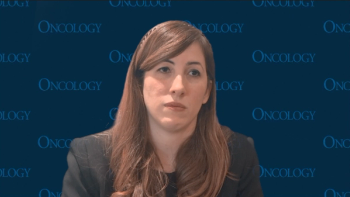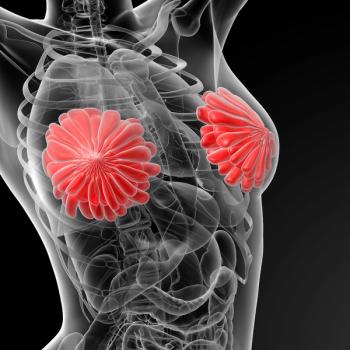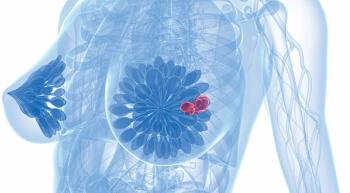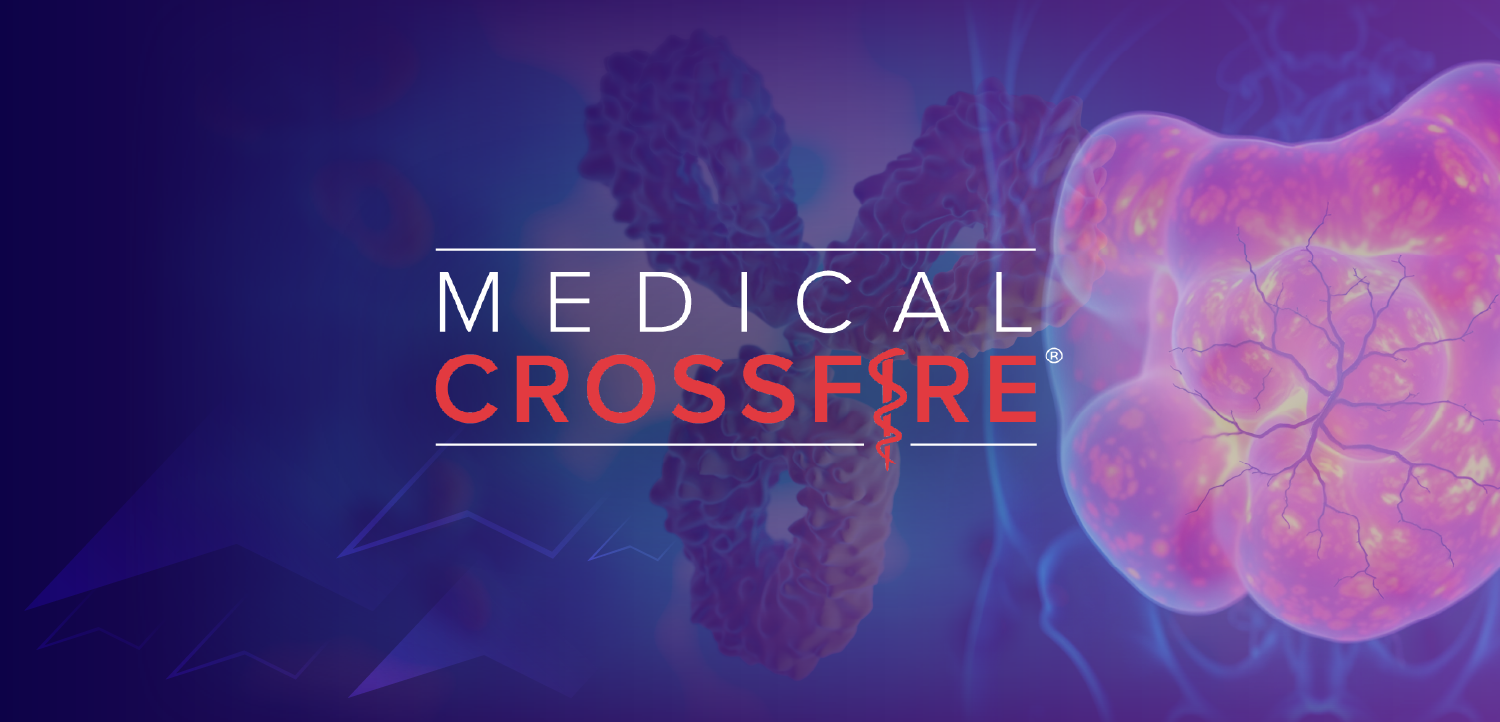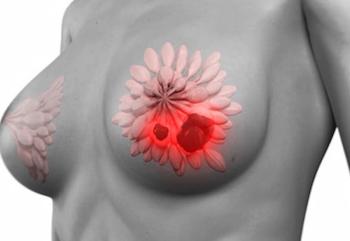
BMI Inversely Associated With Risk of Premenopausal Breast Cancer
The inverse association with premenopausal breast cancer was seen across the entire distribution of BMI, and at a higher magnitude than previously reported.
A large study found an inverse association between body mass index (BMI) and the risk of breast cancer diagnosed before menopause. The association was seen across the entire distribution of BMI, and at a higher magnitude than previously reported.
“Increased adiposity in childhood and before menopause has been reported to be inversely associated with the risk of breast cancer diagnosed at premenopausal and postmenopausal ages, whereas increased adiposity after menopause is positively associated with risk,” wrote study authors from the Premenopausal Breast Cancer Collaborative Group, led by Minouk J. Schoemaker, PhD, of the Institute of Cancer Research in London. “However, because incidence rates are lower among premenopausal than postmenopausal women, individual studies have had limited ability to investigate the association of BMI with the risk of premenopausal breast cancer.”
The new study was a pooled analysis of individual-level data from 19 prospective cohorts; it included a total of 758,592 premenopausal women, and a median follow-up of 9.3 years. In that period, there were 13,082 incident cases of breast cancer; the results of the study were
They found that increasing BMI was linearly associated with decreasing risk of breast cancer. There was some leveling of risk seen for underweight women (BMI < 18.5), so the analysis was restricted to BMI of 18.5 or greater.
There was a risk reduction of 23% per 5 kg/m2 difference in BMI (hazard ratio [HR], 0.77 [95% CI, 0.73–0.80]) among women aged 18 to 24 years old, and a reduction of 12% per 5 kg/m2 difference among those aged 45 to 54 years (HR, 0.88 [95% CI, 0.86–0.91]). Compared with the lowest BMI category, the highest BMI category (35.0 or higher) had an HR for breast cancer of 0.24 (95% CI, 0.14–0.40) for the younger category of women. The differences in relative risk were significant even within the normal range of BMI; the HR for breast cancer for the 23.0–24.9 BMI group vs 18.5–22.9 BMI group was 0.80 (95% CI, 0.76–0.84).
There were 10,836 cases of invasive breast cancer and 2,138 cases of in situ breast cancers. The associations between BMI and risk per 5.0 mg/kg2 difference were larger for in situ cases, with a HR of 0.76 (95% CI, 0.69–0.85), than for invasive breast cancer (HR, 0.88 [95% CI, 0.84–0.92]; P = .02 for interaction). The associations were stronger for estrogen receptor–positive and/or progesterone receptor–positive disease than for hormone receptor–negative disease; this was true across age groups.
“The stronger inverse associations of risk with BMI at younger than older ages suggest that adiposity in young adulthood or earlier, if adiposity at approximately 20 years of age is a proxy marker for adiposity in childhood, is the critical factor,” the authors wrote. “Understanding the biological mechanism underlying this association could have important implications for breast cancer prevention.”
Newsletter
Stay up to date on recent advances in the multidisciplinary approach to cancer.


